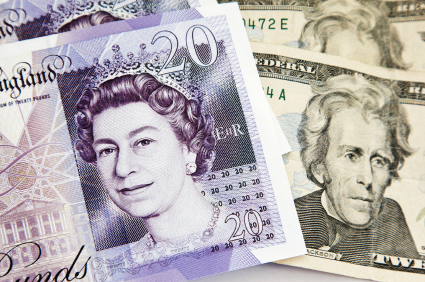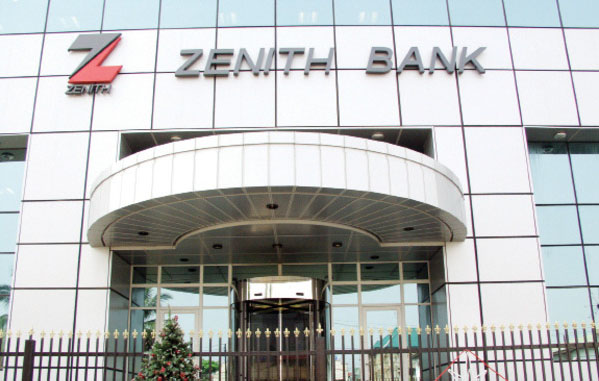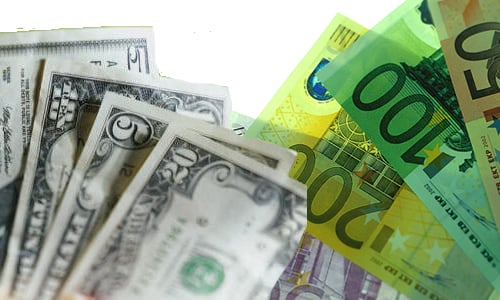Despite Eurodollar volatility being low at the start of the week with the pair currently ranging just above 1.13, the overwhelming majority of economic headlines continue to focus in the direction of Europe with all attention remaining firmly on Greece. The Markit Manufacturing PMI came in as expected at 51, with this achieving little in regards to reducing anxiety over the Eurozone facing a period of economic stagnation. However, the situation in Greece is what everyone is talking about as Yanis Varoufakis (Greece Finance Minister) arrives in Downing Street to discuss Greek debt with the UK Government.
We are now less than one month away from the conclusion of Greece’s current programme of loans, meaning the increased period of volatility surrounding the stock markets in Greece is set to continue. Although the stock market in Greece has recovered a small percentage of its losses within the past couple of days, nearly 40% of its value was erased at one point. Tensions around the issue of Greece defaulting also seem to have cooled over the past couple of days, though there is always the possibility of this increasing again in the run-up to 28 February, which also means there could be more suffering to come in Greek stocks. The potential for political instability and signs of an anti-austerity party emerging in popularity over the weekend in Spain also has the potential to add unexpected pressure to the EURUSD at some point.
Elsewhere the negative GBP sentiment has continued to bite the pound with the GBPUSD dropping to 1.5006, despite a slightly-above forecast Manufacturing PMI for January. UK manufacturing activity increased by more than expected in January at 53.0, although this remained unable to prevent the GBPUSD from suffering losses close to 90 pips already today. The negative GBP sentiment is continuing to cloud investor attraction towards the currency. Investors are concerned that UK disinflation is likely to become even worse, alongside constantly delayed interest rate expectations and a general election in under four months making buyers hesitant to enter positions. Until these concerns show signs of erasing and they likely will not for the remainder of Q1, the pair will probably continue trading in a range with a slightly downside bias.
Completely out of nowhere, the oil markets have encountered a sharp rebound in price with Crude jumping above $50 at $50.09 for the first time in a fortnight and Brent advancing to $55.49 for the first time in nearly a month. This is going to lead to suspicions that a floor may have finally be located in the oil markets, although a technical rebound or sudden profit-taking from investors can’t be ruled out as a catalyst behind the unexpected bullish momentum. However, the bounce in price could also be related to the unexpected news of a drop in US rig counts at the conclusion of last week providing an indication that producers are potentially responding to such an aggressive over-supply in the markets.
Advertisement
Follow Jameel on Twitter @Jameel_FXTM
For more information please visit: Forex Circles
Advertisement







